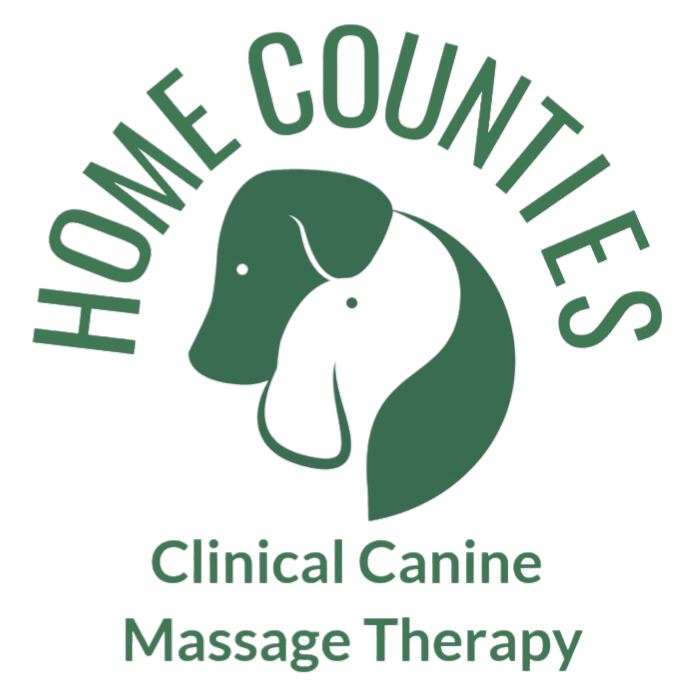
MUSCULAR/SOFT TISSUE INJURIES
Muscle and soft tissue injuries can happen at any time.
They are the most common injury seen in a dog. They can happen for many reasons
such as:
Ball chasing
Play fighting with another dog
Repetitive motions when taking part in events such as
agilitySudden turning, excessive stretching and sudden braking
There are different types of muscle and soft tissue injuries. They can be classified as strains, trigger points, myofascial pain, muscle splinting, and adhesions. All of these can be really painful and debilitating to the dog if left untreated. They can therefore have a negative impact on
their quality of life.
What you may see as an owner:
Lameness / limping
Yelping and pulling up during exercise
Loss of appetite
Stiffness after rest
Abnormal weight bearing
Walking differently
Not wanting to be petted or groomed
Slowing down on their walk
Excessive licking
Strains
A strain to a muscle is caused by the muscle tearing due to it being overstretched. There are two types of strain; acute (which happens suddenly through direct contact or overstretching) and chronic (which are small tears to the muscle over time).
They can be graded from 1-3 depending on their severity:
Grade 1 - is classed as mild as only 5% of the muscle fibres are effected. This can be helped with massage.
Grade 2 - here up to 50% of the muscle fibres in the affected muscle are damaged. This can be helped with massage.
Grade 3 - the muscle has totally ruptured. It is classed as the most severe strain. Veterinary treatment is required. Massage can help after surgery to help realign scar tissue and relieve splinting.
Myofascial Pain
This is caused by the connective tissue known as fascia. Fascia envelopes around the entire body’s structures including bones, organs and muscles. It's function is to allow the structures it covers to slide and glide easily over each other and to aid in support.
If damaged the fascia can constrict tightly around the muscle causing pain. It can also cause the muscle to become weak, fatigued, poor function, restricted range of movement, stiffness, tenderness, yelping when touched and tight twitchy skin.
Trigger Points
These are hyper irritable taut bands of focal point tension. They are also known as muscle knots. They can cause reduced flexibility, chronic pain and poor range of movement. They are formed when a muscle is damaged through trauma, play fighting, overwork, repetitive motion and injury.
There are many signs that your dog may have a trigger point these include ischemia, worsening of an orthopaedic issue, unwillingness to be touched, tickly spots, stiffness and reduced performance.
Muscle Splinting
This is one of the most common chronic muscular disorders that accompanies a muscular injury. It effects the muscles that cross an injured muscle or joint. The uninjured muscles crossing the affected area work harder to protect the injured area from further injury. This means that pressure builds up in these muscles, which causes them to stiffen up, shorten and tighten. This can cause pain, trigger points to form and may even cause further damage to the area they are trying to protect. Overall it will affect the muscles normal function.
Benefits of Massage on the Muscular System
Increases the blood supply to the muscles helping to nourish the muscle tissues
Helps to relieve muscle stiffness
Decreases tension and soft tissue pain
Relaxes and lengthens the muscles
Helps to stretch the connective tissues therefore increasing the range of movement
Allows muscles to recover more quickly after exercise
Helps to heal injured / damaged muscles
Breaks down triggers points and reduces scar tissue
Reduces the chances of muscle strain
Helps with muscle tone
Helps to decrease muscle atrophy
Helps to decrease muscle hypotonicity
Speeds up the removal of metabolic waste
Improves posture
